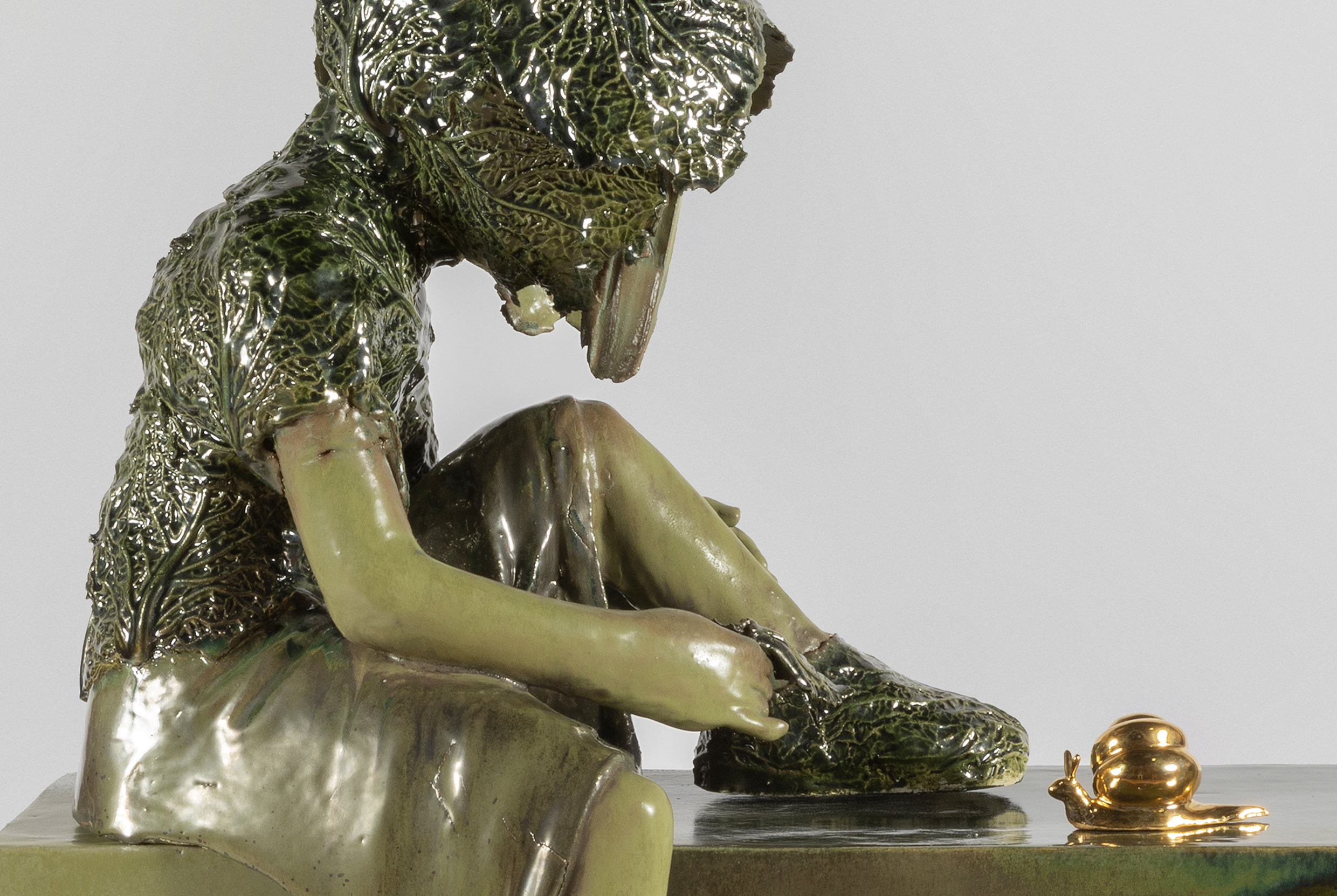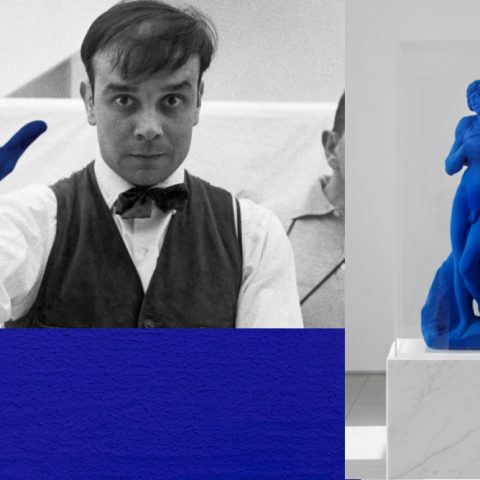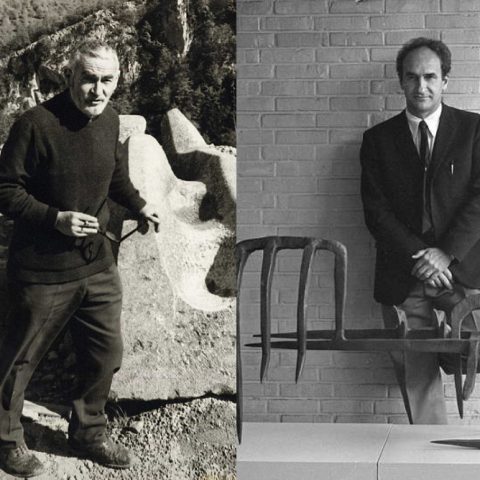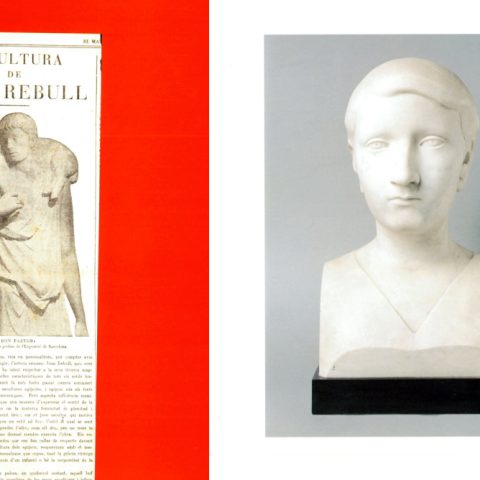Artists like Kim Simonsson are still inspired by the great stories that have accompanied us since our childhood.
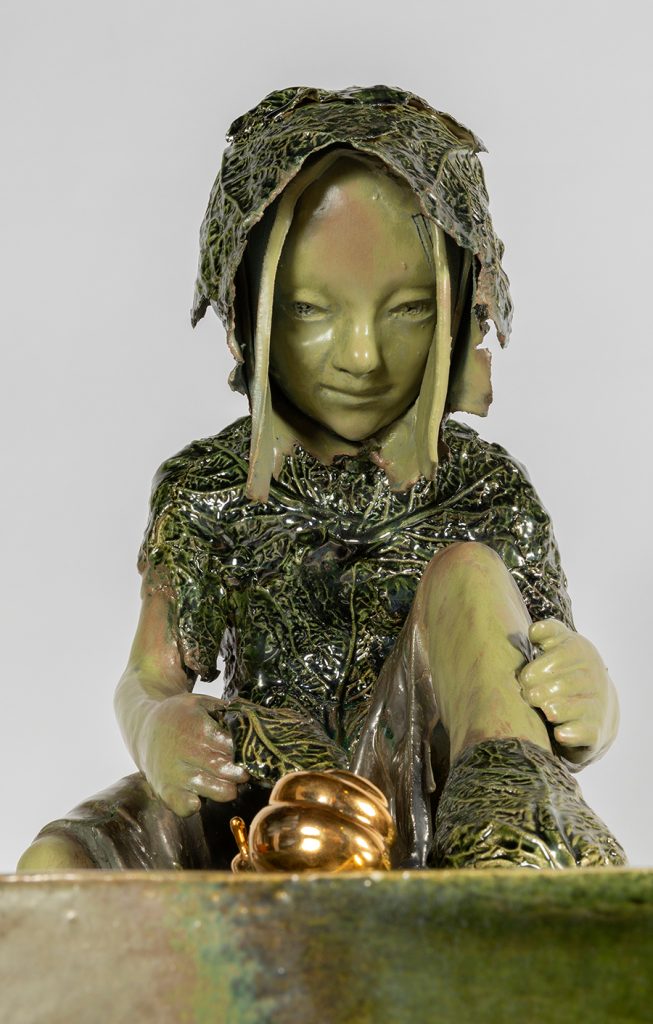
The alliance between literature and the visual arts has been and continues to be one of the most fruitful and inspiring binomials for artistic creation. Two ways of approaching and capturing reality that only enrich the viewer’s experience by creating a fascinating dialogue between the visual and the narrative.
As if there were an implicit pact between them, both have fed back and forth until they have become part of our collective imagination, providing new prisms from which to interpret literary works through the plastic arts.
As early as classical antiquity, artists turned to written sources that, like mythological tales and the poems of Homer and Virgil, have occupied a decisive place in the history of art. In the same way, from the Middle Ages onwards, biblical texts, whose dogmas and teachings became one of the creative engines par excellence and, consequently, the protagonists of many of the most memorable works of art in history.
But, far beyond classical and biblical texts, this symbiosis between the written word and visual expression has been decisive in associating great works of world literature with a very specific image. Botticelli and his illustrations of Dante’s Divine Comedy; John Everett Millais and his vision of Shakespeare’s Ophelia; Manet and his versions of Baudelaire’s flaneur; Picasso and his unforgettable interpretation of Cervantes’ Don Quixote; Dalí and his delirious Alice in Wonderland by Lewis Carroll; or Miquel Barceló and his delirious Alice in Wonderland by Lewis Carroll; or Miquel Barceló and his interpretation of Kafka’s Metamorphosis, are just a few examples of the powerful link that is established between the two, as if from their combination we obtain a more complete and enhanced version of each of them.
Their constant and almost inevitable convergence is still bearing fruit today through creations that, like those of Finland’s Kim Simonsson, take us on a journey to Neverland and the lost children of Peter Pan. His sculptures, endowed with a singular and inimitable character, combine ancient craft techniques with themes inspired by manga, the traditional tales of his native country and, as we have already noted, the stories of Peter Pan and the lost children of J. M. Barrie, unmistakably combining the innocent with the disturbingly strange and melancholic.
Children as the absolute protagonists of his production become fantastic beings who, as guardians of the forests, show themselves in perfect symbiosis with the natural world, to the point of camouflaging themselves in it. These fantastic creatures protected by the plants that grow on their skins represent a utopian community in which there is no trace of any adult.
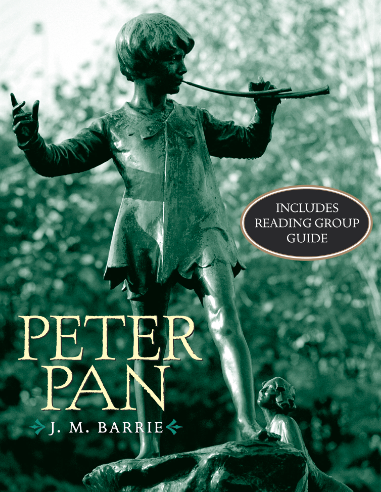
At this point it is inevitable to recall the story of Peter Pan and the lost children, who build a secret and impenetrable society to defend themselves against external aggressions. The children of Simonnson’s forest, like those of Peter Pan, represent the genuine and true spirit of nature from which, progressively, humanity has been moving away. In the face of the degradation that development and progress have paradoxically generated, Simonsson proposes a more sustainable community capable of relating in a different way to its natural environment. While we do not achieve it, Simonsson’s art keeps alive the illusion that we can still travel to never-never land.

